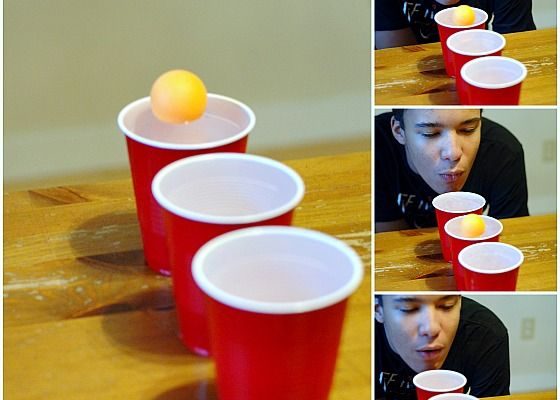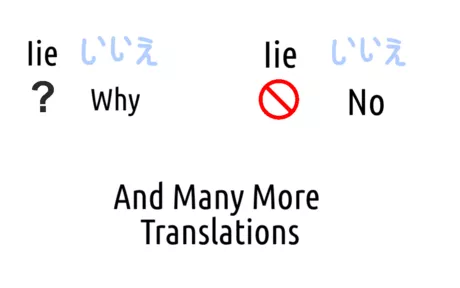How to Treat Trigger Finger: 8 Steps

Trigger finger is a condition that affects the tendons in your fingers, causing them to catch or lock when you bend or straighten them. This can be painful and make it difficult to perform everyday tasks. Fortunately, there are several steps you can take to help treat trigger finger and regain movement in your affected digits. In this article, we will explore 8 steps to help you treat trigger finger.
1. Rest your hand: Giving your affected fingers time to rest is crucial for recovery. Avoid activities that require repetitive gripping, and try not to use the affected fingers for an extended period.
2. Splinting: Wearing a splint can help keep your affected finger in a straight position, preventing it from bending and worsening the condition. You can purchase finger splints at most pharmacies, medical supply stores, or online.
3. Ice and heat therapy: Applying ice packs to the inflamed area for 15-20 minutes several times per day can help reduce inflammation and swelling. Additionally, using a warm compress or soaking your hand in warm water can aid in relaxation and make it easier to move the affected finger.
4. Over-the-counter pain relievers: Nonsteroidal anti-inflammatory drugs (NSAIDs) like ibuprofen can help manage pain and inflammation associated with trigger finger. Be sure to follow the recommended dosage instructions on the label and consult your doctor if you’re taking any other medications.
5. Stretching and strengthening exercises: Consult with a physical or occupational therapist to learn specific exercises designed for treating trigger finger. These exercises aim to improve flexibility, range of motion, and strength in the affected fingers.
6. Corticosteroid injections: If conservative treatments don’t provide relief, your doctor may recommend corticosteroid injections into the tendon sheath of the affected finger. This can help reduce inflammation and improve movement, though results may be temporary.
7. Percutaneous release: In this minimally invasive procedure, a doctor uses a needle to release the locked tendon. This can be an effective option for some patients, though there is a risk of damaging nearby nerves or blood vessels.
8. Surgical release: If all else fails, your doctor may recommend surgery to release the locked tendon. This is typically an outpatient procedure with a short recovery time and high success rate.
In conclusion, there are several steps you can take to treat trigger finger, from conservative measures like resting and splinting to more aggressive treatments like injections or surgery. It’s essential to consult with a healthcare professional to determine the best course of action for your specific situation and monitor your progress throughout treatment.






